 Cheese was being made before the birth of Christ... way before. As much as 6000 years ago! Cheese has been made all over the world from the milk of cows, goats and sheep, water buffalo, yak and even boar and reindeer. Who knew? Egyptian tomb murals show butter and cheese being made, and we know that the Romans took a lot back from Egypt--perhaps they took back a lot of recipes for cheese too. Today, a huge number of cheeses are made in Italy--up to 600 many say. Romans developed cheese making to a science, a craft and some would argue, a high art. Roman cheese makers were skilled artisans who developed many of the types of Italian cheese we still see made today. The Romans were the first to develop techniques for aging and storing cheese for long periods of time. It was these aging techniques that gave way to many new flavors--as aging progresses, flavors change and develop and grow more intense. Some even say that the French owe their own cheese making skills to the Romans, when Gaul became part of the Roman Empire. Roman villas had separate cheese kitchens, the caseale, and cellars where cheeses could be stored and aged. There would even be a specialist cheese makers brought their products to for smoking. At first cheese was a luxury food item in Rome, but cheese soon became a common staple for common people, and was even carried as rations by the imperial armies. In fact, after the fall of the Roman Empire, the Roman soldiers went into the hills of Italy and became farmers, and took some of the cheese making traditions with them. This is the reason there are so many types of cheeses made in Italy.... one type on this hill, another on that mountain, yet another in the valley and so on... So, here is an assortment of Italian cheeses worth learning about. Some you may know, some will be a new treat for you. Before you start, slice an apple, get out some cheese and snack as you read...
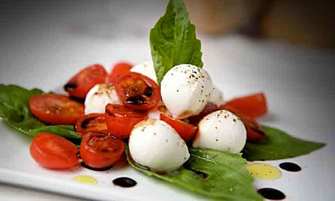 Bocconcini Bocconcini, means "morsels" in Italian. These are little, semi-soft, bite sized Mozzarella balls from Naples which traditionally are made with buffalo milk, but nowadays are also made from cow's milk. Bocconcini come in containers with brined water or milk and are eaten as soon as possible. They are best in a salad, but are also eaten as they come--perhaps drizzled with olive oil and tossed with peperoncino (red pepper flakes) and great with prosciutto. They are a great addition along with cherry tomatoes in a traditional antipasti selection. These mouth poppers have a creamy, mild, slightly buttery flavor and are also great sliced on pizza. 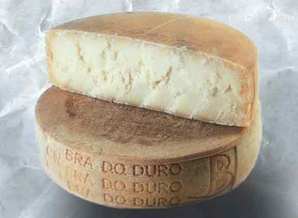 Bra The Italian cheese Bra comes from the town of Bra in Cuneo in the region of Piemonte, Italy. This cheese is made in other areas of Italy, although the Cuneo product is authentic one. It is made from cow's milk, but can have some goat or sheep's milk added. While it can have small eyes, the rind generally is off-white or beige in colour when aged, and the interior can range from pale cream to dark yellow. The cheese comes in three different ages: Bra tenero is soft and mildly spicy (six months); bra duro is hard, nutty and more pungent, aged 1-2 two years; Bra d’alpeggio, is made only from cow that graze in mountain pastures from June to October. 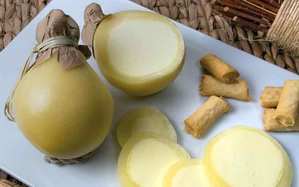 Manteca Manteca is a soft, creamy cheese made in limited areas of Puglia, Campania and Calabria and across most of Basilicata. The drawn curd of a cow milk covers a ball of butter to preserve it in any season, especially in hot summers. The outside rind is thick and yellow in color while inside paste is stringy, smooth, creamy and pale yellow. It has a flowery aroma with hints of ripe fruits, lilies. This "cheese" might really be considered a flavored butter under cheese wraps. Use it on toasted bread as you would any butter. 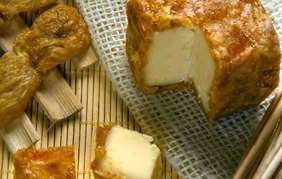 Cilentano ai fichi Cilentano ai fichi is one of the most ancient types of cheese made by a Casa Madaio dairy farm in Cilento, Campania, Italy. Mixture of sheep, cow and buffalo milk is used to make the cheese, which is then covered with figs and dried on bamboo racks with natural ventilation. The cheese has a milky aroma infused with a mild buttery flavor and a hint of figs.
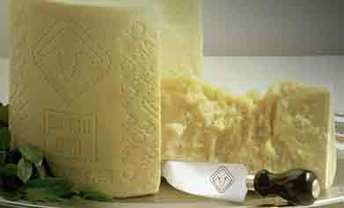 Pecorino Romano The word pecora means sheep. Pecorino Romano, an ancient sheep milk cheese, is salty, aged and hard. It is used as a grating cheese over pasta, soups, and salads, and not usually used as a table cheese, although I love having little slices of it for a quick snack,especially with slices of apple. It has a bit sharper taste than Parmigiano-Reggiano. Variations are Pecorino Toscano (from Tuscany) or Pecorino Sardo (from Sardinia) are not particularly salty and are eaten by themselves or in sandwiches. Pecorino Romano dates back to the Roman Empire when it was a staple part of a Roman soldiers' rations, besides wine and bread. The cheese rounds are handled many times by hand... salting, turning, wiped... for over a year. The texture is dry, crumbly and almost sandy when grated. The taste is salty, spicy and smoky. This is an excellent cheese grated for pasta, breads, focaccia and lasagna. 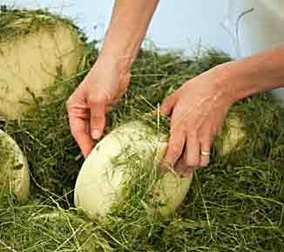 Capra al Fieno Capra al Fieno is made from pasteurized goat's milk made in Veneto, Italy. The cheese is wrapped in a dry hay and then allowed to mature on wood boards for 7 to 8 months. The organic grass used during aging gives scents of flowers and grass to the cheese. This firm textured cheese with strong aroma has intense and clean taste. It can be eaten with sweet jams or at the end of the meal. 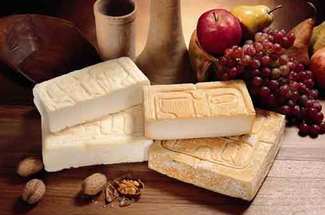 Quartirolo Lombardo Quartirolo Lombardo was first manufactured in the 10th century. The cheese was traditionally produced during a short period at the end of summer, from the milk of cows which had fed on the herbage that had regrown after the third cutting. The local term for the hay from the fourth cutting of the year was "erba quartirola", thus its name. Today, it is produced during the whole year under DOP protection. Quartirolo is made in loaf form with a thin rind... rosy colored and soft for younger cheese, and reddish grey-green for more mature ones. The interior has a lightly clotted structure, possibly with small cavities, which is friable but becomes more compact and soft with age. The inside color goes from pure white to a straw-yellow as it ages. The taste is slightly sour for the younger, and more aromatic for the older cheeses.  Piave Piave is a cow's milk cheese named after the Piave River up in the Dolomites area of Belluno province of Veneto. It has DOP designation and is often called Parmesan's Cousin because of its similarities in flavor and characteristics, its flavor mild and sweet. Piave is cooked curd cheese sold at five varied agings. The color of the interior is white in young cheeses, but becomes straw color in older products. There may be holes in young Piave but as it ages the holes disappear. Like Parmigiano-Reggiano, it is well suited for grating as well as a table cheese. 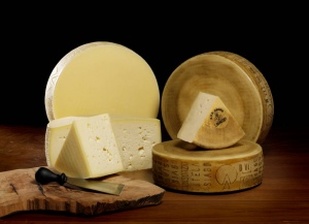 Asiago Asiago made from cow's milk, is a salty yet mild cheese. It is produced in the Alpine slopes near Trentino north of Venice. It can be soft and mild (aged a few weeks) or very hard, nutty and spicy (piccante--aged over a year). The more aged variety can be very useful as a grating cheese. I find asiago a bit too salty for pizza, but it's saltiness compliments fruit nicely. Try it with a dry salami and crusty bread, sliced pears, or toss some flakes on top of a salad. If you are a bread or focaccia baker, try some grated on top before your bread goes into the oven. Any wine goes with this cheese. Asiago is very common in American supermarkets, but it might be worth it to search out a more authentic imported version in a good Italian specialty shop.  Caprese di Bufala Caprese di Bufala is a soft pasteurized buffalo milk cheese with flakes of dried tomato in paste. After a brief aging period, the wheels are subsequently rubbed with a treatment of extra virgin olive oil and oregano. This gives it a fresh and delicate flavor and an aromatic aftertaste, reminiscent of the Mediterranean. 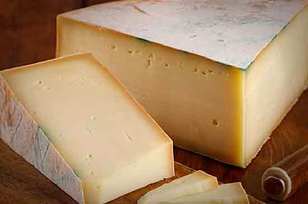 Fontina Fontina is a cow's milk cheese and perhaps one of my all time favorites for topping pizza. My Dad (a deli man his whole life) turned me on to it. I can describe the flavor as mild, incredibly creamy, with a nutty tanginess. In the U.S. the deli meat company Boar's Head has a fairly good slicing Fontina for sandwich use. An imported Fontina is aged longer has a stronger flavor with a thicker, nutty rind. In Italy, it's called Fontina d'Aosta having been made in the Aosta Valley in the Italian Alps since the 12th century. The original Fontina cheese from Italy is fairly pungent and has quite an intense flavor, and cheeses labeled Fontina that are produced in other countries tend to be much milder. There is a supermarket offshoot called Fontinella that I don't care for--way too bland. Fontina is pretty amazing melted in a grilled panino or over fruit. Try using it on top of French onion soup, in a frittata or to make a cheese fondue. And by all means, add fontina to risotto or polenta--you'll love it. 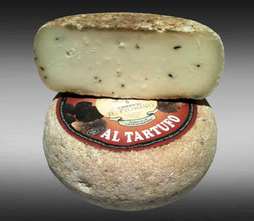 Pecorino al Tartufo Pecorino al Tartufo is an Italian, raw, sheep's milk cheese encrusted with small specks of white and black truffles from the area between Volterra and San Miniato. It is aged for thirty days and pairs well with boar cold meats and a good red wine. 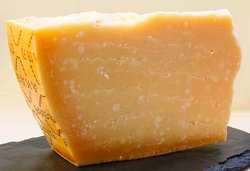 Grana Padano Grana Padano, is a DOP protected cheese and the only real competition for Parmigiano-Reggiano. Created by the Cistercian monks of Chiaravalle in the 12th century, it is still made throughout the Po River Valley in northeastern Italy. The cheese is made from unpasteurized, semi-skimmed cow’s milk and is aged for two years. At the end of the cheese making process, Grana Padano develops a firm, thick and deeply straw-colored rind protecting strong scented and dry, flaky interior. As Grana Padano ages, the intense sweet flavors become more pronounced, spicy and complex, and it gets more crombly. Though similar to Parmigiano Reggiano, Grana Padano is much less expensive. Grana is also less crumbly, milder and less complex than its long-aged sibling. Grana Padano is manufactured in wheels measuring up to 18 inches in diameter, and 7 inches tall. There are three difference agings: Grana Padano (9 to 16 months), Grana Padano oltre (over 16 months) and Grana Padano Riserva (over 20 months). 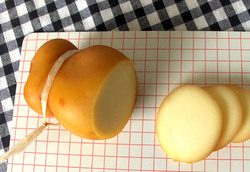 Scamorza Scamorza is a cow’s milk cheese belonging to the pasta filata family. Shaped similar to a provolone or caciocavallo in pear shape, it's also made in other shapes. A semi-soft white cheese with a texture comparable to that of a firm, dry Mozzarella, Scamorza is made throughout Apulia and in some parts of Campania and Molise. Typically it's made from pasteurized cow’s milk or from a mixture of cow and sheep milk. The cheeses are hung together in strings to ripen for about two weeks. The process of ripening the cheese has given Scamorza its name, which in southern Italy means ‘beheaded’. A smoked variety called Scamorza Affumicate is made by smoking the cheese over flaming straw for around 10 to 15 minutes. A fresh version of Scamorza is also sold within a few days of production. The texture is elastic, stringy and has less moist than Mozzarella. The flavour is spicier, milky and creamy. Smoked Scamorza has a subtle, smoky flavour with a sweet, light caramel note. It can be used in the same way as mozzarella and since it has excellent melting qualities it is often used in casseroles. 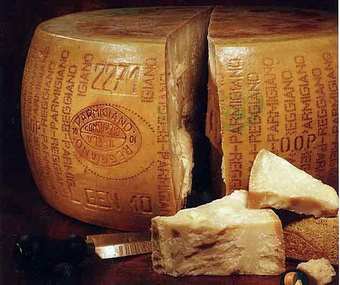 Parmigiano-Reggiano Parmigiano-Reggiano is considered to be il Re dei Formaggi--the King of Cheeses. Made from cow's milk and aged two years, this is a hard cheese best for grating. In Emilia-Romagna where it is originates, the cows graze on pastures--not hay--so this cheese can only be made between April and November when the fields are green and lush. The flavor is spicy and salty and essential as an ingredient on top of and in many recipes. Slice shards to place in salads and on top of vegetable dishes, eat with fruit and wine, add to soups, and grate over pasta and add to sauces (like carbonara) to add a salty, nutty flavor. When you have a rinds of Parmigiano-Reggiano left over, save them in your freezer and add them into soups or stock pots when making soup or slow cooked stews. Be careful... if your supermarket offers a "Parmigiano-Reggiano" that doesn't have the name stamped on the rind, or if it seems wet or soft, it's not a real Parmigiano-Reggiano. This cheese has D.O.C. designation and should always be well aged and very hard. If this cheese has matured for more than a year--18 months--the mark "Extra" or "Export" can be added. A system of colored seals help the consumer identify the level of maturation of the prepackaged products available in retailers.
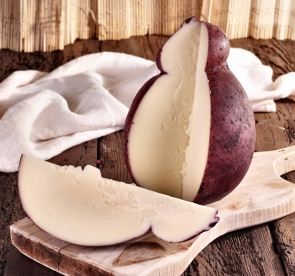 Caciobarricato Caciobarricato is a pulled curd (pasta filata) cheese, aged in barrels with red wine and a liquor called marc. This pear-shaped cheese is matured for a minimum of 3 months, during which the curd is pulled and twisted to give it a soft, elastic, stringy quality. Its flavor is medium intense with strong hints of wine. 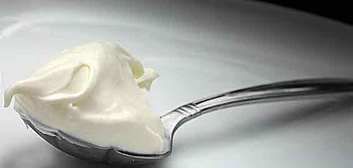 Mascarpone Mascarpone is a cheese from Lombardy, made by curdling milk cream with citric acid or acetic acid, it turns into a thick creamy, soft cheese. This cheese is very high in butterfat, resulting in a very high fat content (60% to 75%). It is an essential ingredient in Italian recipes like Tiramisu and cheesecakes. The texture can vary, from smooth to creamy to buttery. Mascarpone is more akin to a thickened cream that is stopped short before it turns to butter. Making the cheese is so simple that it can easily be made at home. Mascarpone is used in both sweet and savory dishes. The cheese is often mixed with anchovies, mustard and spices, or mixed with cocoa or coffee. Tiramisu contains espresso, brandy, chocolate and Mascarpone. Mascarpone can be used to thicken puddings and dessert creams. It can be eaten on its own with fruit, honey or jams. Mascarpone needs to be consumed within a few days. 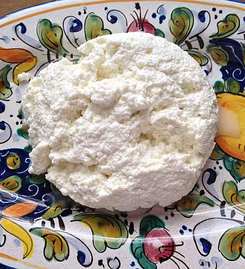 Ricotta Fresca One of the most most versatile of the Italian cheeses, ricotta fresca (fresh ricotta) is an Italian cheese from sheep, cow, goat or buffalo’s milk. Ricotta means cooked twice. The first time it's cooked gives you a separate cheese and the whey needed to make ricotta as a by-product. The second cooking of the whey (with an acid, like lemon juice added) gives you ricotta. Since we've been back from Italy, Lisa has been making home made ricotta like a pro. It tastes so much better freshly made. A simple pleasure I've discovered is having some with a little honey on it. Ricotta is high in protein while low in fat--another reason Italians are thinner than Americans. It's got a smoother texture and a mild, sweet flavor. Ricotta fresca is never aged. It's pretty firm, but is wet and crumbles when spooned out. Ricotta is an incredibly useful cheese... in manicotti, lasagna, Italian cheesecake (Lisa makes a fantastic one--I'll post her recipe soon), "white" pizza, calzone, ravioli filling, to thicken sauces and soups, and to make ricotta gnocchi. And try it on it's own the way Italians do... with a drizzle of extra virgin olive oil or honey, with figs, on bread with fig spread, or on a bruschetta with tomatoes, olive oil, olives and basil. There's one more unexpected treat made from ricotta... ice cream. Trust me, è vero! 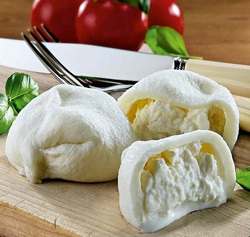 Burrata Burrata was invented in the early 1900s, and is a specialty of Puglia, Campania, and Basilicata. Traditionally made from buffalo's milk, nowdays they usually make it using from cow's milk. Burro means butter in Italian--Burrata is buttery and creamy in taste and texture. Burrata is essentially a package of cheese, with outside skin made from stretched sheets of mozzarella. The soft, oozing center is made from fresh cream and shredded pieces of the early stages of mozzarella-making called stracciatella. The package is typically tied on top with a blade of grass, a string or a ribbon. When you cut into a burrata, the cream oozes and you enjoy the varied textures and flavors. Burrata should be eaten as soon as possible and will only keep in the fridge for a couple of days at most. You can try it on top of slices of heirloom tomatoes, sprinkle with pepper and olive oil or drizzle with a pesto sauce. It's wonderful spread onto a nice crusty, toasted bread or as the crowning glory to a leafy salad. 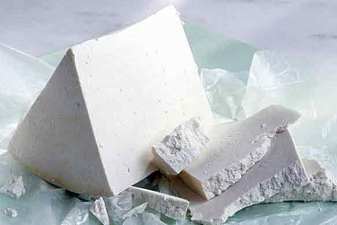 Ricotta Salata I absolutely love Ricotta Salata, a sheep milk cheese originally from Sicily. It is a much firmer, crumbly, salty version of ricotta. It is snow white and doesn't have a rind and is usually wrapped in plastic but when bought fresh it can be sold in a brine or milk. In fact, I tend to keep mine in a container enough skim milk to just cover it. It is made pretty much like regular ricotta (twice cooked)--salted sheep's milk curd is pressed, dried, and aged for a minimum of 3 months. Ricotta salata has a nutty, salty-sweet flavor that is great in salads and pasta dishes. Use it in the same way you use Greek feta cheese. I also love it sliced with apples or drizzled with honey--you can't beat a sweet-salty combination on your tongue. 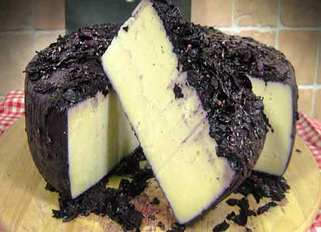 Baronerosso di Capra Baronerosso di Capra is an Italian semi-hard cheese prepared with raw goat's milk. It is a pressed, uncooked cheese aged for a minimum of 5 months during which the wheels are immersed in Barbera grape pomace, where they are left to mature for several weeks. It has a white, slightly crumbly paste enveloped by a dark purple flavored rind with a strong wine aftertaste with aromas of grape must and sour cherries.
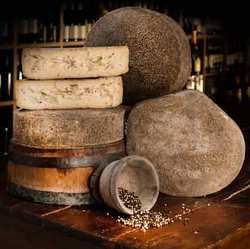 Barricato al Pepe Barricato al Pepe is made by the Moro family and comes from pasteurized cow’s milk. The Italian term for barrel aging is barricato. This is a firm, buttery cheese from Veneto Italy is covered in Brazilian black pepper and aged in oak wine barrels for almost a year. This cheese is sweet, wine-y with plenty of peppery zip and a nice crumbly, delicate flavor. The peppercorns give the taste a bite which complements then natural buttery richness of the cheese. The tradition of making this spicy cheese dates back to an ancient fairytale. It is said that a poor peasant boy was in love with the most beautiful and richest girl in the county. The girl’s father was a money hungry man who did not believe in love and was busy looking for a rich man to marry his daughter and would not even consider the peasant boy. The boy so in love with this girl, created a cheese from his prized cow and covered it in the most expensive of spices, from the market, peppercorns and gave it to the father. At the sight of this work of art with all the expensive peppercorns even the money hungry father was moved by the cheese and gave his blessing to the young couple. 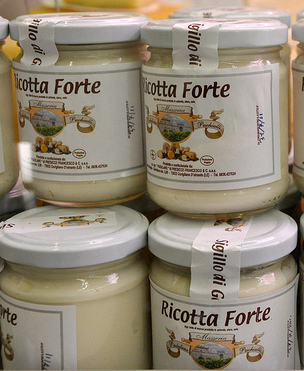 These should be yellow CAUTION tape on top of each jar! These should be yellow CAUTION tape on top of each jar! Ricotta Forte My Father's father in Molfetta more than likely made his own jar of ricotta forte and kept it in a dark cupboard. This is an authentic Puglese stinky, pungent cheese. It's a southern ricotta cheese gone bad--in a good way. Spread a VERY thin layer of ricotta forte on bread or crostini and its sourness blends nicely with the bread. But, be forewarned! If you put an American size dollop on top of your bread, the cheese will have your face and nose more twisted and contorted than a mouthful of those sour lemons and rotten egg. If you have too much at one time, your eyes will tear. We were first introduced to ricotta forte by our Trullo Gallo Rosso host, Hugo in Puglia... all of winced, then smiled as we tasted this monstrous cheese. This might be an acquired taste, but it's well worth exploring. Ricotta forte is made by taking leftover fresh ricotta and stirring it periodically and removing any excess liquids. This is done for at least 3 months before placing it in small jars to age for about a year. In Italy the jars are usually kept in the cupboard under a sink. 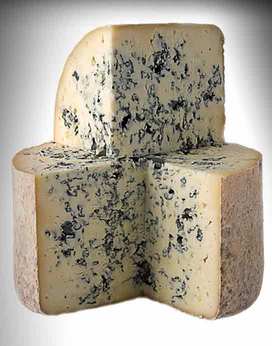 Gorgonzola Gorgonzola is one of the world's oldest blue veined cheese, made from unskimmed cow or goat milk. Authentic Italian gorgonzola is primarily produced in Piedmont and Lombardy, Gorgonzola, just north-east of Milano. There are two types: Dolce (sweet, tangy and creamy) and Piccante (spicy, and more aged). It takes at least 4 months to age this cheese to the Dolce level. The texture is crumbly with excellent melting qualities... perfect for pizza, pastas like penne rigati, risotto or polenta. --Jerry Finzi If you liked this article, please LIKE it and share with your friends. Ciao! BONUS VIDEO: Shaping Caciocavallo cheese.... Copyright, Jerry Finzi, Grand Voyage Italy, All rights reserved
6 Comments
OnofRio mule
5/13/2018 05:17:30 pm
BELLA. SOME RECIEPES, THANK YOU CIAO
Reply
Barbara Ellis
4/19/2019 06:17:57 am
Hello, I am looking for a mozzarella that is made from sheep milk that I can shred. Can you please help me? Also, whre can I order some of these wonderful cheeses you have listed? Thank you
Reply
Jerry Finzi
4/19/2019 11:33:39 pm
Barbara,
Reply
Merna
8/1/2019 02:55:30 pm
I just had blintzes (crepes) @ a local deli. They were very creamy & sweet. I was told they were made with 6 Italian Cheeses. I thought they were just made with Ricotta & possibly Mascarpone, can you suggest a good combo for the filling?
Reply
Jerry Finzi
8/8/2019 09:39:28 am
Wow... 6 cheeses? Let's see... I might use ricotta as the main base, and then a mix of Reggiano, some grated mozzarella, fontina, mascarpone and perhaps some caciocavallo or provolone!
Reply
10/5/2020 12:00:24 am
I would like a recipe for making Italian Brunet. My grandmother was from the Piedmont region and she used to recite stories about her as a child with goats.
Reply
Your comment will be posted after it is approved.
Leave a Reply. |
Categories
All
Archive
June 2024
|


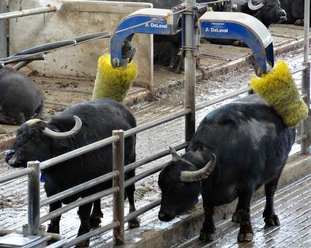
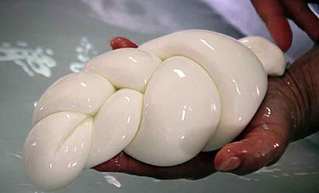
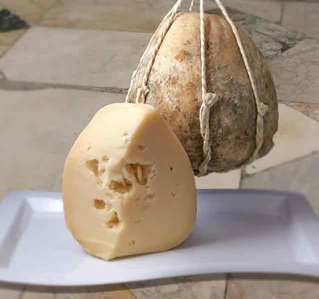
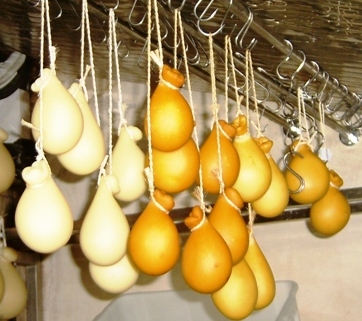
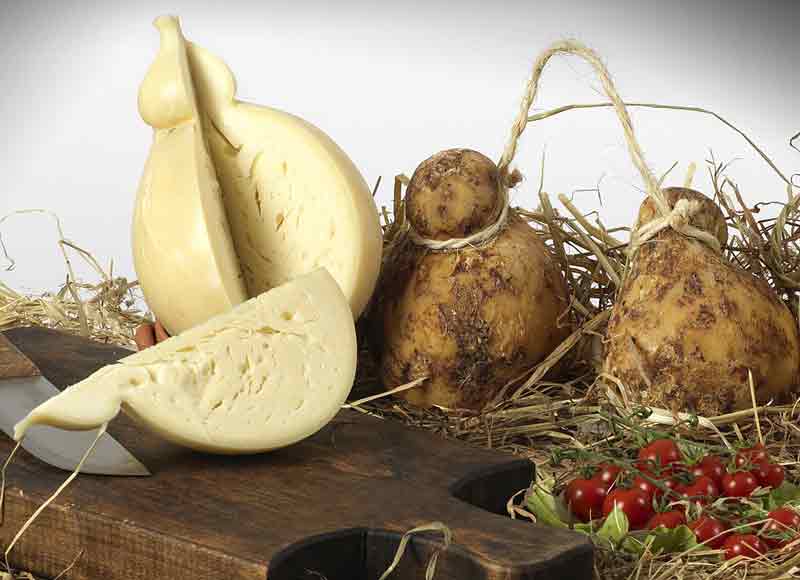
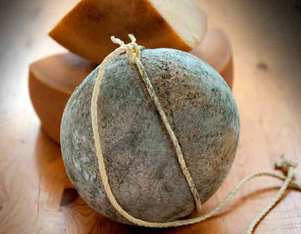
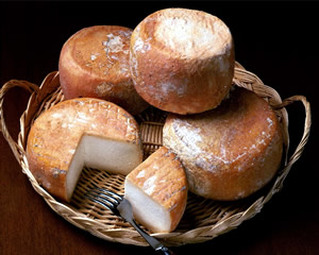
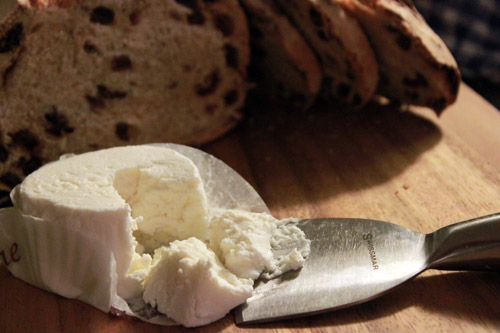
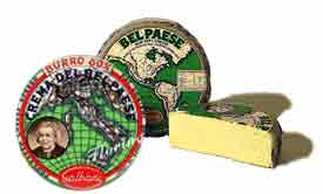
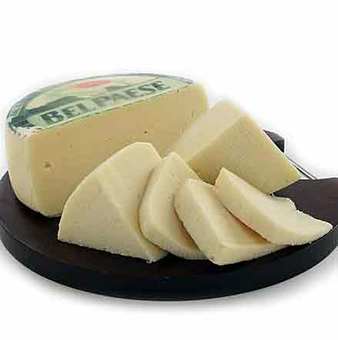
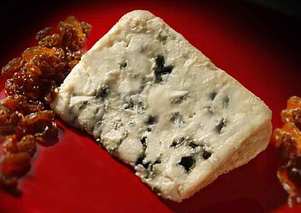
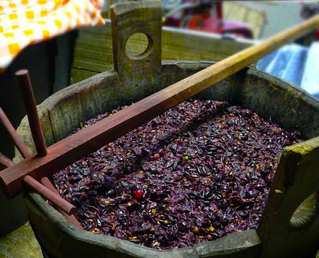
 RSS Feed
RSS Feed
